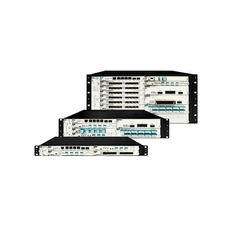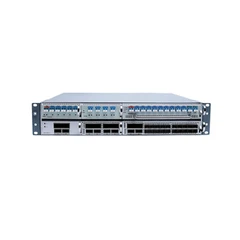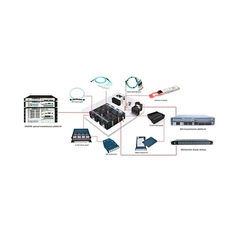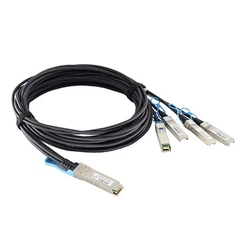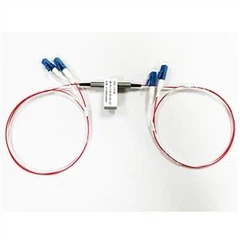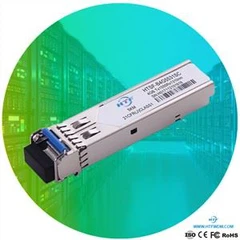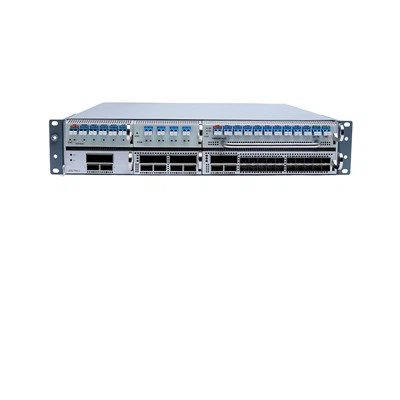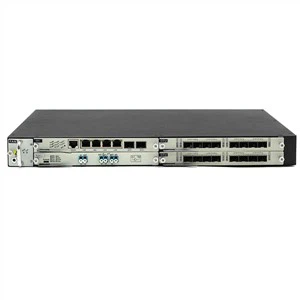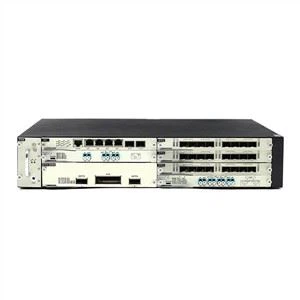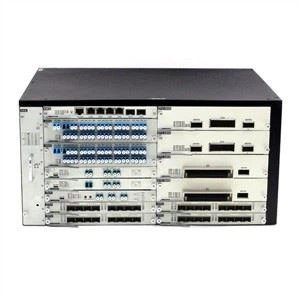Generally, the signal strength of an SFP optical module includes two parts: Tx power and Rx power. Tx represents the transmit power signal, and Rx represents the received power signal. For a general SFP optical module, the value of Tx and Rx power within a specific range means that the SFP optical module can operate normally. For example, Cisco GLC-SX-MM optical module. Its transmit power range is -9.5~-3dBm, and the receive power range is 0~-17dBm. If Tx or Rx is in the range of -30dBm or lower, it means that no signal is transmitted or received.
The strength of the optical signal directly determines whether the network connection is normal. If the Rx power is not strong enough, there will be no signal in the optical link. This is why long-distance optical modules or optical amplifiers are needed in long-distance transmission. If the Rx power is too large, the SFP optical module will be damaged. Therefore, choosing a high-quality SFP optical module is the basic guarantee to ensure that the network connection can work normally.
There are two commonly used methods for measuring the intensity of optical signals: milliwatts (mW) and dBm. The former measures the intensity of optical signals by power, while the latter measures the intensity of optical signals in decibels. Different vendors may use one of them to measure the power of the optical signal. For example, Cisco switches use dBm to measure, while Brocade switches are used to measure in mW. Therefore, there is an equation between these two methods:
dBm->mW: mW=10dBm/10
mW->dBm: dBm=10*(Log mW)
How to check the optical signal strength?
To determine whether the SFP optical module (transmitter and receiver) is working at the appropriate signal level, you can view the status information of the SFP optical module. This information is very critical, including fiber type, transmit optical power range, and optical receive power.
In addition, switches like Cisco and Brocade SAN switches will provide CLI (Command Line Interface) reference. This function is useful for viewing detailed information about SFP optical modules, including speed, serial number, part number, and receiving/sending direction optical signals strength. The following picture shows the detailed information of the SFP optical module in Cisco and Brocade switches, including the optical signal strength.
Cisco CLI-Display the detailed information of the interface optical module:


It can be seen from the above results that although the methods of measuring the optical signal strength are different, they all provide the current signal strength and the effective optical signal strength range of the SFP optical module. As long as the signal strength of the SFP optical module is within the effective range, the SFP optical module can work normally.

